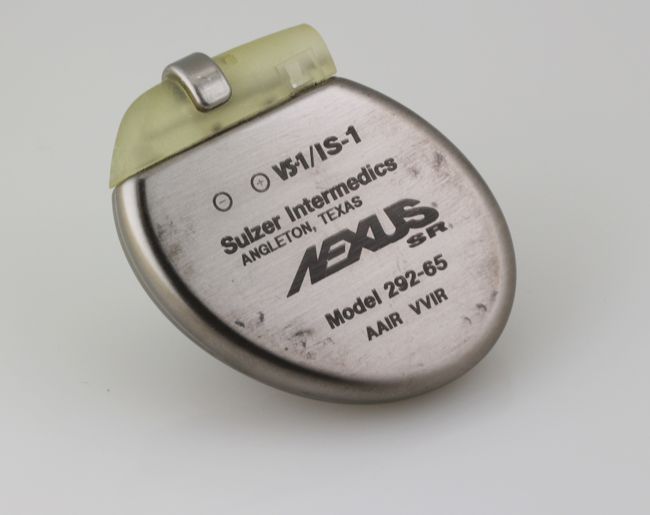
In December of 1995 FDA approved the Res-Q ACD. This was Intermedics’ first implantable defibrillator. The abdominal-implant device was a relatively late-comer, and large for the time (230 g), but it did offer the highest energy output (40 Joules). Another unique feature of the ResQ device was that it provided a connectorized sterile package which allowed complete pre-implant testing, thereby reducing the need for additional equipment.

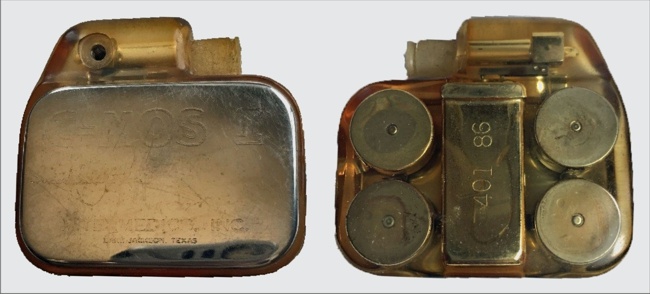


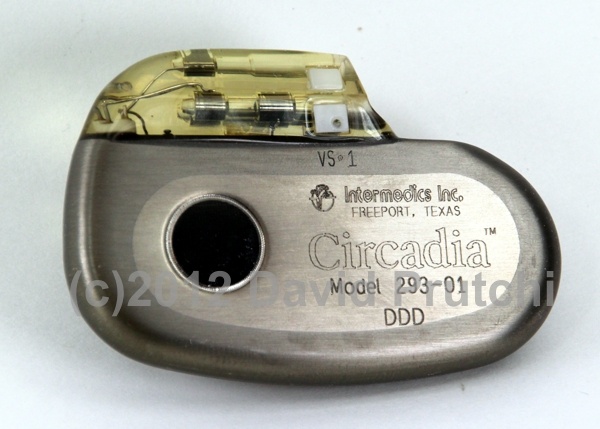
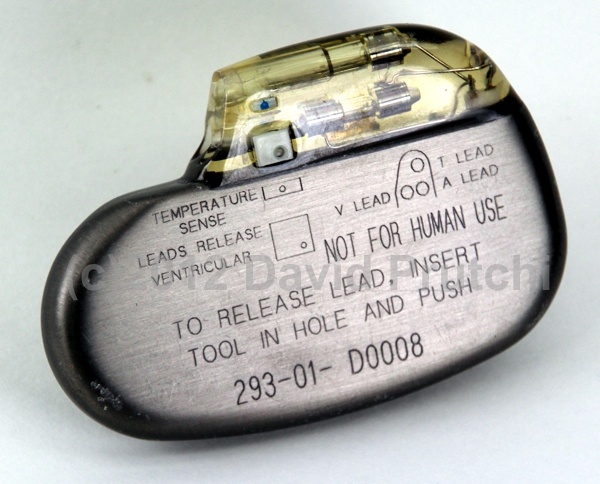
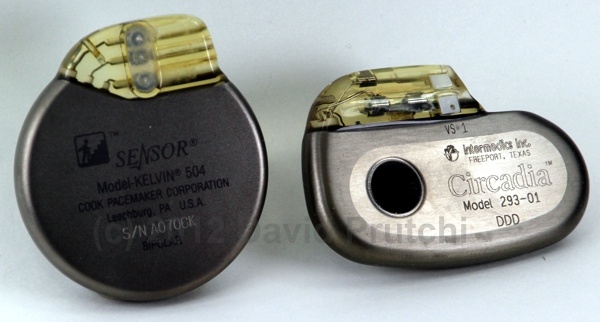 One of the indicators of metabolic demand that has been used for controlling the rate of pacemakers is central venous blood temperature (CVT).
One of the indicators of metabolic demand that has been used for controlling the rate of pacemakers is central venous blood temperature (CVT).